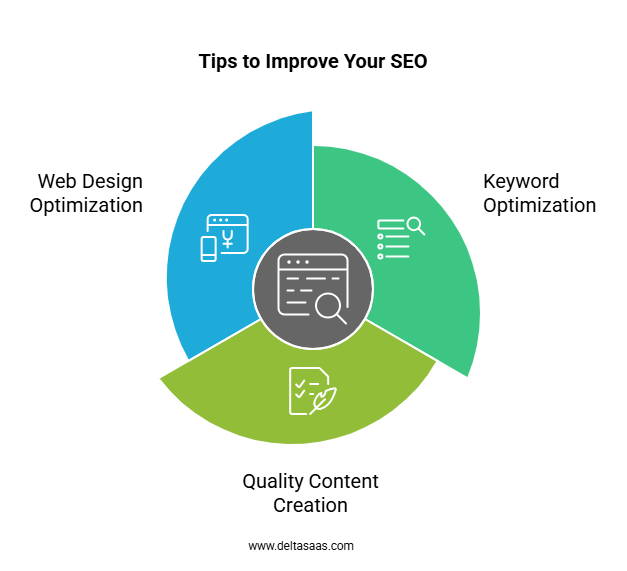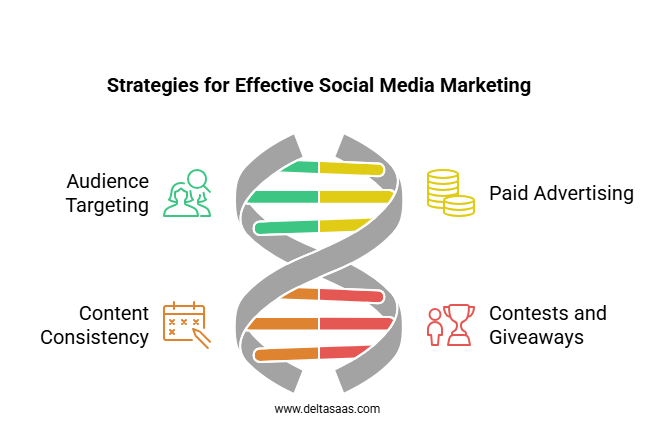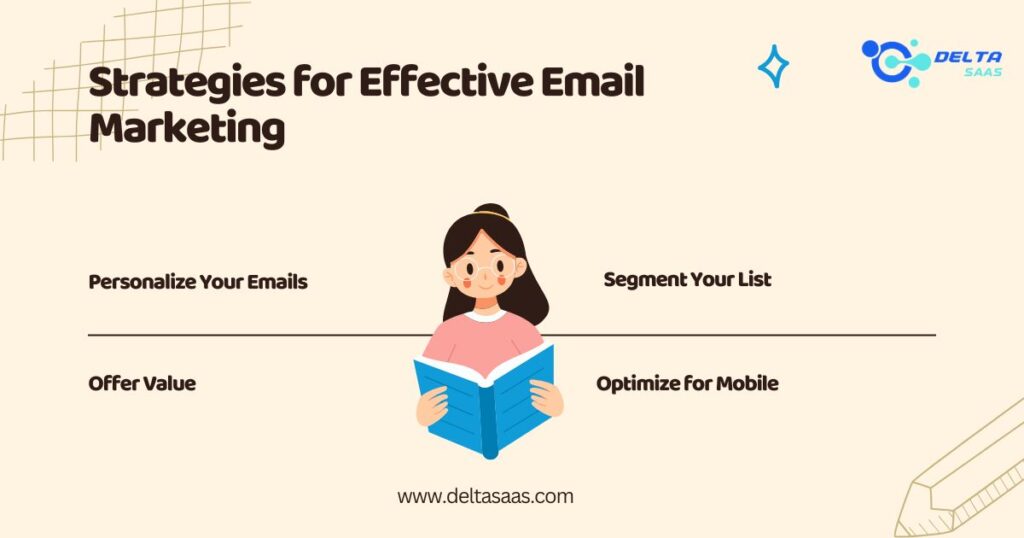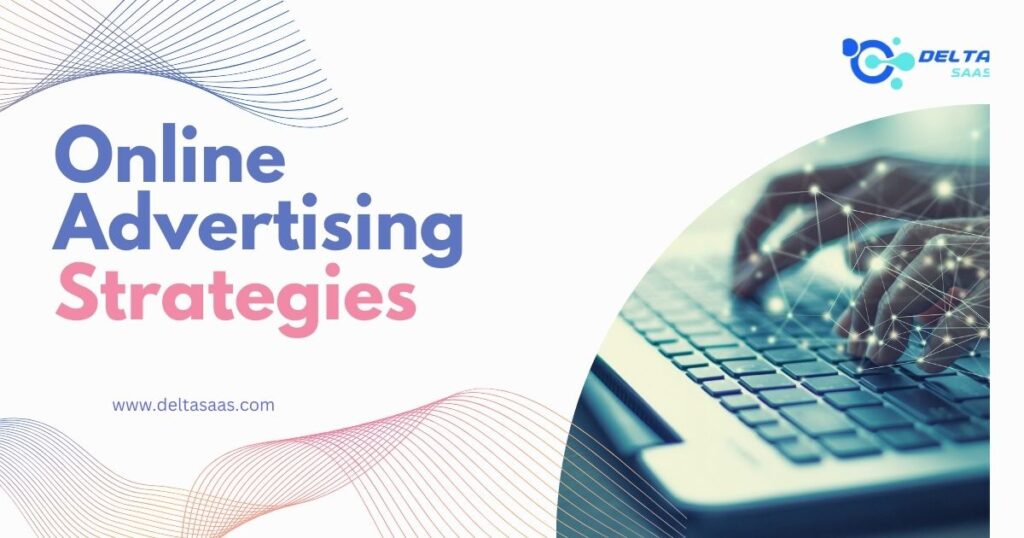Online Advertising Strategies: A Comprehensive Guide
In today’s digital-first world, businesses rely heavily on online advertising to reach their target audience. With various tools and platforms, online advertising can create brand recognition, improve conversion rates, and drive success. But with so many strategies available, knowing which methods work best for your business is crucial. This guide will explore proven online advertising strategies and how they can help your business thrive in a competitive market.
Why Online Advertising Matters
Online advertising gives businesses access to billions of potential customers worldwide. Unlike offline marketing plans, digital advertising allows precise targeting, real-time analytics, and cost-effective solutions for small and large businesses. The key is selecting the right platforms and types of digital advertising to align with your goals.

Benefits of Online Advertising
- Reach your target audience through data-driven campaigns.
- Improve brand awareness with visual and interactive content.
- Track performance and adjust strategies in real-time.
- Achieve better return on investment (ROI) than offline methods.
Let’s explore the most effective online advertising strategies for your business.
If you’re looking for the best software, check out Delta SaaS, which offers discounts and lifetime deals on SaaS products.
Search Engine Optimization (SEO): Build a Strong Foundation
Search engine optimization (SEO) is critical to any online advertising strategy. SEO ensures your website appears in search results when users look for products or services you offer.

Tips to Improve Your SEO
- Keyword Optimization: Use tools like Google Keyword Planner to find terms your audience searches for. Add these keywords to your website content, meta descriptions, and blog posts.
- Create Quality Content: Publish relevant, engaging, and informative articles that address your audience’s questions.
- Optimize Web Design: Ensure your site is mobile-friendly, loads quickly, and has a clean layout.
SEO may take time to show results, but it’s one of the most cost-effective strategies for long-term success.
Social Media Marketing: Engage Your Audience
Social media marketing is one of the most popular forms of online advertising. Platforms like Facebook, Instagram, LinkedIn, and TikTok allow businesses to connect with their audience, share content, and promote products.

Strategies for Effective Social Media Marketing
- Target the Right Audience: Use advanced targeting tools to narrow down by age, gender, location, and interests.
- Leverage Paid Social Media Ads: Invest in Facebook Ads, Instagram Promotions, or LinkedIn Ads to reach a broader audience.
- Content Consistency: Post regularly to keep your audience engaged and informed.
- Run Contests or Giveaways: These tactics encourage participation and increase followers.
Engaging with users through comments and messages is key to building trust and improving brand loyalty.
Pay-Per-Click (PPC) Advertising: Drive Immediate Results
PPC advertising is a paid strategy where businesses pay for every click their ads receive. Platforms like Google Ads, Bing Ads, and Facebook Ads allow companies to bid on keywords and display their ads at the top of search results or social media feeds.

Benefits of PPC Advertising
- Immediate Visibility: Your ads appear at the top of search results instantly.
- Control Over Budget: Set daily or monthly limits to avoid overspending.
- Precise Targeting: Choose who sees your ads based on location, device, and search intent.
Smart PPC Tips
- Use robust auto-bidding strategies to maximize ad performance.
- Create compelling ad copy with clear calls to action (CTAs).
- Monitor campaigns regularly to optimize performance and reduce wasted spending.
Content Marketing: Build Trust Through Value
Content marketing focuses on creating and distributing valuable, relevant, and consistent content. This strategy helps attract and retain an audience while driving profitable customer actions.
Examples of Content Marketing
- Blog posts that solve your audience’s problems.
- Infographics that simplify complex topics.
- Videos that educate or entertain.
- EBooks or whitepapers offering in-depth insights.
Content marketing pairs well with SEO, helping you rank for keywords while building trust and authority in your industry.
Also Read,
Feedbeo Lifetime Deal – Get Lifetime Access Under $19
Get Minimarks Lifetime Deal: Simplify Bookmarks
NodeLand Lifetime Deal – Maximize Project Efficiency
Stepsy Lifetime Deal – Save Big on Workflow Automation
Agiled Lifetime Deal: Simplify Business Management Today
Apipheny Lifetime Deal – Simplify API Integration
Influencer Marketing: Leverage Authority
Influencer marketing involves partnering with individuals who have large, engaged audiences on platforms like Instagram, TikTok, or YouTube. These influencers promote your product or service to their followers, driving targeted traffic to your website.
Steps to a Successful Influencer Campaign
- Find influencers relevant to your industry or niche.
- Negotiate clear goals, such as increasing sales or generating brand awareness.
- Track performance with unique links or discount codes.
Influencer marketing works best for businesses aiming to tap into specific demographics or build brand credibility quickly.
Email Marketing: Nurture and Convert Your Audience
Email marketing remains one of the most effective ways to connect with your audience. It allows businesses to engage users directly, promote products, and drive website traffic.

Strategies for Effective Email Marketing
- Personalize Your Emails: Use the recipient’s name and tailor content to their interests.
- Segment Your List: Group subscribers by behavior, location, or purchase history for targeted campaigns.
- Offer Value: Include special offers, free resources, or exclusive content to keep readers interested.
- Optimize for Mobile: Ensure your emails are mobile-friendly, as over 50% of users check emails on their phones.
By sending regular newsletters, product updates, or promotional offers, email marketing keeps your audience engaged and encourages repeat visits to your site.
Retargeting: Reconnect with Potential Customers
Not all visitors convert the first time they visit your website. Retargeting (or remarketing) allows you to show ads to users who have interacted with your site.
How Retargeting Works
- A visitor browses your website but doesn’t complete a purchase.
- They leave your site, but a cookie tracks their activity.
- Your ads appear to them on other platforms, such as social media or Google Display Network.
Tips for Successful Retargeting
- Use dynamic retargeting ads that show products the user previously viewed.
- Limit ad frequency to avoid overwhelming your audience.
- Offer incentives, such as discounts or free trials, to encourage conversions.
Retargeting is especially effective for eCommerce businesses aiming to recover abandoned carts or upsell products.
Read More: Social Media Engagement Strategies: Boosting Customer Interaction
Native Advertising: Blend Ads with Content
Native advertising seamlessly integrates into a platform’s content, making it less intrusive and more engaging for users. Examples include sponsored blog posts, promoted articles on news sites, and in-feed ads on social media.
Benefits of Native Advertising
- Higher Engagement: Native ads match the format of the content users are already consuming.
- Improved Credibility: They feel more like recommendations than traditional ads.
- Cross-Platform Reach: Work on platforms like Facebook, Instagram, or Outbrain.
To succeed with native advertising, ensure your content provides value and aligns with your audience’s interests.
Affiliate Marketing: Pay Only for Results
Affiliate marketing is a performance-based strategy where businesses pay affiliates (partners) a commission for driving sales or leads. This strategy is cost-effective because you only pay for actual results.
Steps to Start Affiliate Marketing
- Create an affiliate program with clear commission structures.
- Partner with influencers, bloggers, or websites in your niche.
- Provide affiliates with marketing materials, such as banners or links.
- Use platforms like ShareASale or CJ Affiliate to manage campaigns.
Affiliate marketing works best for businesses with scalable products or services like SaaS tools or eCommerce platforms.
Contextual and Display Advertising
Contextual Advertising
Contextual ads are shown to users based on the content they’re currently viewing. For example, an ad for running shoes may appear on a fitness blog.
Display Advertising
Display ads are visual banners or graphics on websites, apps, or social media platforms. They grab attention and promote brand awareness.
Tips for Effective Ads
- Design visually appealing banners that align with your brand.
- Use A/B testing to experiment with different designs and messaging.
- Optimize ads for mobile users, as many view them on smartphones.
Both types of advertising can drive traffic and conversions when targeted to the right audience.
Read More: Maximize Success by Improving Marketing ROI with Smart Strategies
AI and Account-Based Marketing (ABM)
Artificial intelligence (AI) transforms online advertising by improving targeting and personalization. AI marketing tools analyze user behavior, predict preferences, and automate campaign optimizations.
AI-Powered Features
- Chatbots: Engage users in real-time, answer questions, and guide them to your services.
- Predictive Analytics: Identify which users will most likely convert and focus your campaigns on them.
- Dynamic Content: Show personalized ads or emails based on user activity.
Meanwhile, account-based marketing (ABM) targets specific, high-value accounts rather than broad audiences. ABM works well for B2B companies looking to close deals with large organizations.
Conversion Rate Optimization (CRO): Turn Visitors into Customers
Driving traffic is only half the battle; you must convert those visitors into paying customers. Conversion Rate Optimization (CRO) focuses on improving your website’s design, content, and functionality to maximize conversions.
Best Practices for CRO
- Simplify Navigation: Make it easy for users to find what they want.
- Create Clear CTAs: Use compelling, action-oriented phrases like “Buy Now” or “Get Started.”
- A/B Test Pages: Test different versions of your landing pages, headlines, or buttons to see what performs best.
- Build Trust: To reassure potential customers, add reviews, testimonials, or trust badges.
CRO complements online advertising strategies by ensuring the traffic you generate is more likely to take action.
Google Ads: A Powerful Advertising Platform
Google Ads is one of the most effective platforms for paid online advertising. It allows businesses to search, display, shop, and create video ads tailored to their target audience.
Search Advertising with Google Ads
Search ads appear at the top of search engine results pages (SERPs) when users search for specific keywords. For example, a florist could bid on terms like “flower delivery near me.”
Display Ads and Retargeting
Google’s Display Network lets you show banner ads across millions of websites and apps. Retargeting campaigns help re-engage users who visited your site but didn’t convert.
Tips for Google Ads Success
- Perform thorough keyword research and use negative keywords to avoid irrelevant clicks.
- Write clear, engaging ad copy that emphasizes user benefits.
- Use Google’s Smart Bidding feature to automate bid strategies and maximize ROI.
- Monitor and refine campaigns regularly to improve performance.
With its massive reach and advanced targeting capabilities, Google Ads is necessary for businesses looking to scale their online presence.
Read More: How to Improve Your Online Business for Increased Growth and Sales
Combining Online and Offline Strategies
While this post focuses on online advertising strategies, integrating offline tactics can amplify your efforts. A well-rounded marketing communications plan can combine the reach of digital platforms with traditional advertising methods.
Examples of Integration
- Promote your website or social media handles on print materials like brochures, posters, or billboards.
- Use QR codes in offline marketing to drive traffic to specific landing pages.
- Host in-person events or conferences and follow up with attendees via email marketing.
Combining online and offline strategies can create a seamless brand experience and expand your audience reach.
Final Thoughts
Online advertising strategies are essential for growing your business and reaching your audience in today’s competitive digital landscape. From SEO and content marketing to PPC advertising and social media campaigns, the best approach depends on your business goals, audience, and budget. Diversify your efforts across multiple platforms while focusing on high-value tactics like retargeting, conversion optimization, and AI-driven tools.
Implementing the strategies discussed here will drive traffic and convert visitors into loyal customers. The key to success is consistency, continuous improvement, and staying updated on the latest trends in digital marketing.
FAQs About Online Advertising Strategies
What are the five types of online advertising?
SEO, social media marketing, PPC advertising, influencer marketing, and native advertising.
What is the best strategy for online marketing?
Combining SEO, content marketing, and social media for long-term success with PPC for quick results.
What is the most effective form of online advertising?
It depends on your audience. SEO and PPC are highly effective for targeted traffic, while influencer marketing is great for brand awareness.
How do you advertise on the internet correctly?
Research your audience, select the right platforms, create engaging content, and track performance using analytics tools.
What are examples of online advertising platforms?
Google Ads, Facebook Ads, LinkedIn Ads, Instagram, and TikTok are popular platforms.
How does contextual advertising work?
It displays ads relevant to the content a user is currently viewing, such as a fitness blog showing ads for running shoes.
What are some tips for creating successful PPC campaigns?
Use targeted keywords, write compelling ad copy, and monitor your campaigns to optimize performance.
What is native advertising?
It’s a form of advertising where ads blend naturally with content, such as sponsored social media or news posts.
Why is CRO important in online advertising?
It ensures you get the most value from your traffic by improving the percentage of visitors who take action.
How can AI help in online advertising?
AI can personalize ads, predict user behavior, and automate tasks like bid adjustments for better results.


